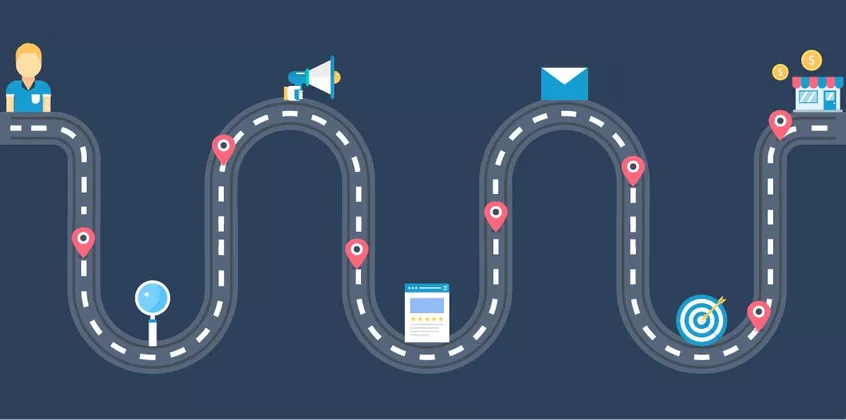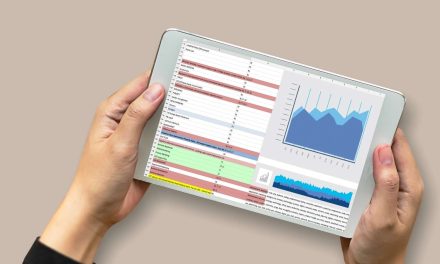
Whether you are looking to buy something or are suddenly attracted by an ad, you’ll probably want more information before buying, right? That’s exactly how your potential customers feel, too. It’s essential to know the correct message to give your customer at every stage of the purchase process – but that’s not easy. It can be easier. Welcome to customer journey mapping.
Do you know who you’re talking to?
Here’s what we already know about your customers or clients:
- Most people find ads annoying. It’s not great news. According to data, 47% of people globally use an ad blocker. So you should probably consider the option to work with more accurate targeting or event targeting niches.
- Although the customer journey is fragmented, consumers always want to know where to find the product, features and prices. They also want to know what other people think. That’s why analyzing searches, social media activity and reviews is basic to understanding consumer behavior.
- Attention is not enough. Engagement is what you’re looking for. The best way to achieve that is by offering content that users find interesting or useful. Engagement, trust and reputation are closely related, so organizations should work on these three fronts at the same time.
- Consumers want personalization and that requires gathering and analyzing data in extreme detail.
We should also say that customers want easy and short processes as they become more and more digital every day. Beyond that evident truth, there are some more relevant factors to consider when mapping the customer journey.
Individual customers matter
People don’t want irrelevant ads. For this reason, mapping all the touchpoints and all the interactions that individuals have with your brand is a good start to avoid becoming irrelevant.
By mapping the customer journey, marketers can measure campaign and strategy results and design more personalized customer experiences. This way, they will also avoid the risk of ignoring individual preferences and problems, not paying enough attention to niches and losing those customers who have not gone through the entire purchase funnel.
Not all customer journey touchpoints are the same

Identifying critical points is key to optimizing the whole purchase funnel. Do you know which touchpoints are crucial to achieve consumer-centric goals and meet customer needs?
Every single touchpoint presents an opportunity to connect with your customers, as well as being a first step to start working on increasing engagement. All steps are important, but not all are equally relevant. Building a solid relationship in the long term requires understanding what’s more important to your customers and delivering the experience or the information they’re looking for.
And what about the buying stages?
As with the touchpoints, not all the buying stages are equal. Mapping the entire customer journey will result in a lot of data that will ultimately help you and your organization understand how consumers behave throughout the whole purchase process. Also, it will help you to identify those stages that need to be optimized in order to make things easier for your customers.
In other words: it will be useful to correct mistakes or to validate your work so far.
Personalization, empathy and engagement
Understanding individual customers and niches, working on more personalized experiences, and making things easier for your customers will bring you closer to your customers while helping to create empathy and therefore engagement.
Even if your goal is to improve the buying process, mapping the customer journey will give you a better understanding of your customers. This will ultimately result in a better relationship with them.
Purchasing
A well-designed, optimized and easy customer journey will usually result in more purchases.
Awareness and consideration don’t always lead directly to purchases, which is why you will need to work on engagement throughout the whole journey. Understanding where your customers need more support or information will help generate engagement, but also make it easier for you to know how to guide users toward purchasing.
Are you going in the right direction?
Mapping the customer journey will help you:
- Understand critical touchpoints
- Optimize buying stages
- Deliver a better, tailored customer experience
- Create engagement
- And ultimately guide customers toward purchasing.
Are you going in the right direction? Is your strategy working? What else do you need to work on? Take a look at our other article to see if you’re taking into account all the relevant channels.
What is customer journey mapping?
Customer journey mapping is the process of creating a visual representation of the steps, interactions and channels that your clients use until they reach your brand.
Why is customer journey mapping beneficial?
Customer journey mapping allows you to understand how your users behave in the purchase process and improve their buying process.










